With the arrival of fall comes some of the best opportunities to gaze upward and enjoy the celestial show. As days grow shorter and nights stretch longer, this season presents a mix of moon phases, bright planets, and meteor showers that offer something for every stargazer.
The Autumnal Equinox & Rolling Nights
- Fall officially begins when the autumnal equinox occurs. At that moment, Earth’s axis is aligned so that daytime and nighttime begin changing at the fastest rate. As a result, we start losing daylight by about 2.5 minutes each day.
- Despite the idea of “equal day and night,” the true 12-hour split doesn’t exactly occur on the equinox because of how sunrise/sunset are defined and how Earth’s atmosphere bends sunlight. In many places, that exact balance happens a few days later.
Key Moon Phases
- There will be three full moons between the equinox and the winter solstice: one in early October, one in early November, and another in early December.
- The October full moon is traditionally called the “Harvest Moon.” Because it comes close to the equinox, its rising time is especially helpful for longer evening illumination. November’s full moon is sometimes called the “Beaver Moon,” and December’s is known as the “Cold Moon.”
Planets in the Sky
- Saturn is reaching opposition, meaning it will rise when the sun sets and remain visible throughout the night. Its rings, recently edge-on, will gradually open up over time.
- Jupiter is returning to view in the early morning hours and will become more prominent in nighttime skies as winter approaches.
- Venus will be visible in the morning twilight but will begin sinking toward the horizon by December.
- Mercury makes a brief appearance near Venus late in the fall, reaching its brightest around early December.
Meteor Showers to Watch
- The Orionids meteor shower peaks in mid-October. Under good dark skies, you might see up to twenty or more bright meteors per hour during its peak.
- There’s at least one more meteor shower later in the season worth watching, especially if skies are clear and you’re far from city lights.
Stargazing Tips for the Season
- Since nights are getting longer, dress warmly—temperatures drop quickly after sunset.
- Find locations away from city lights to minimize light pollution.
- Bring binoculars or a telescope for more detailed views of planets and ringed worlds like Saturn.
- Use moon phases to plan: over-bright moonlight can wash out faint stars and meteor trails, so nights around the new moon are usually best for deep sky viewing.

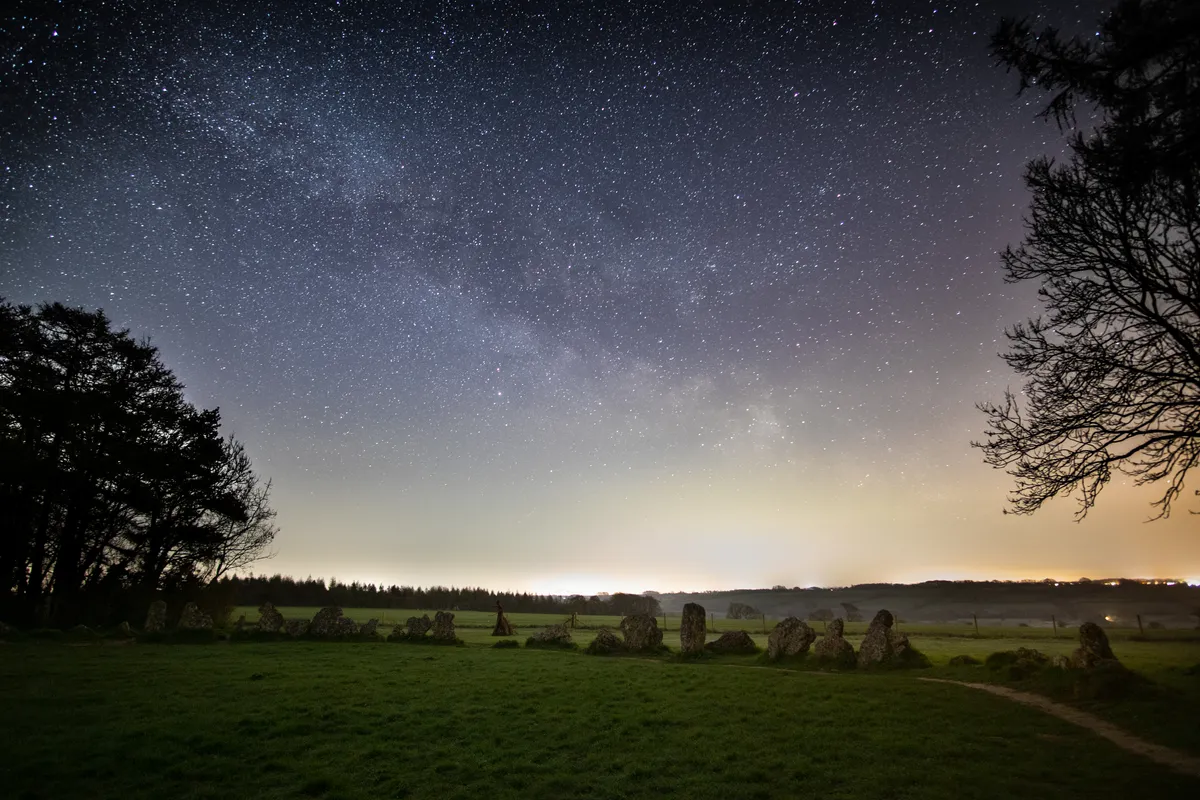




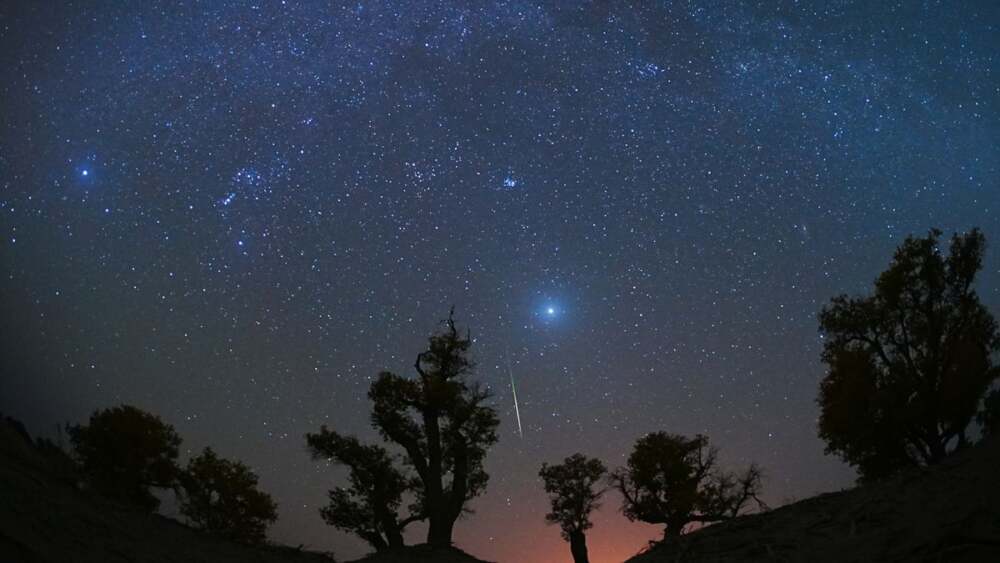
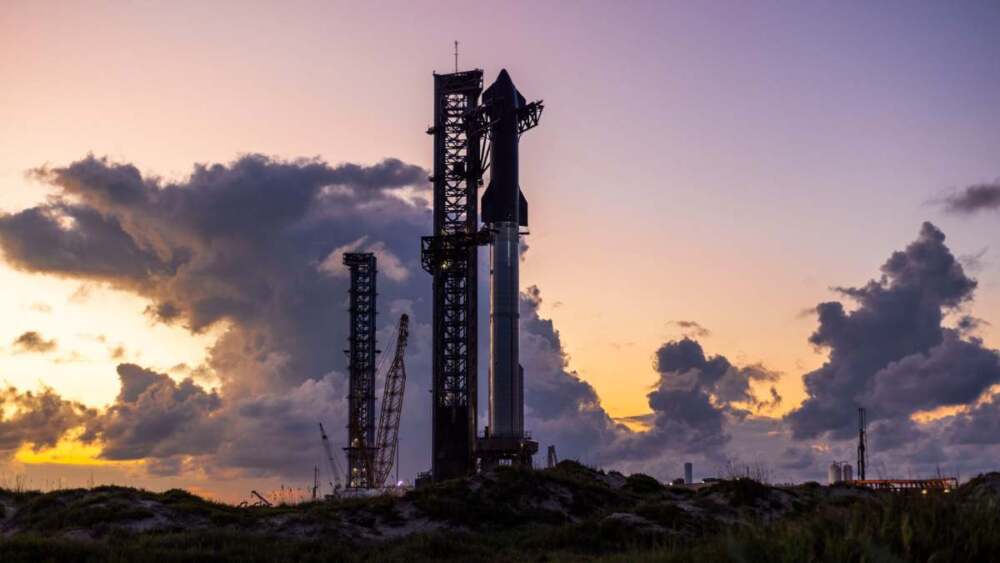

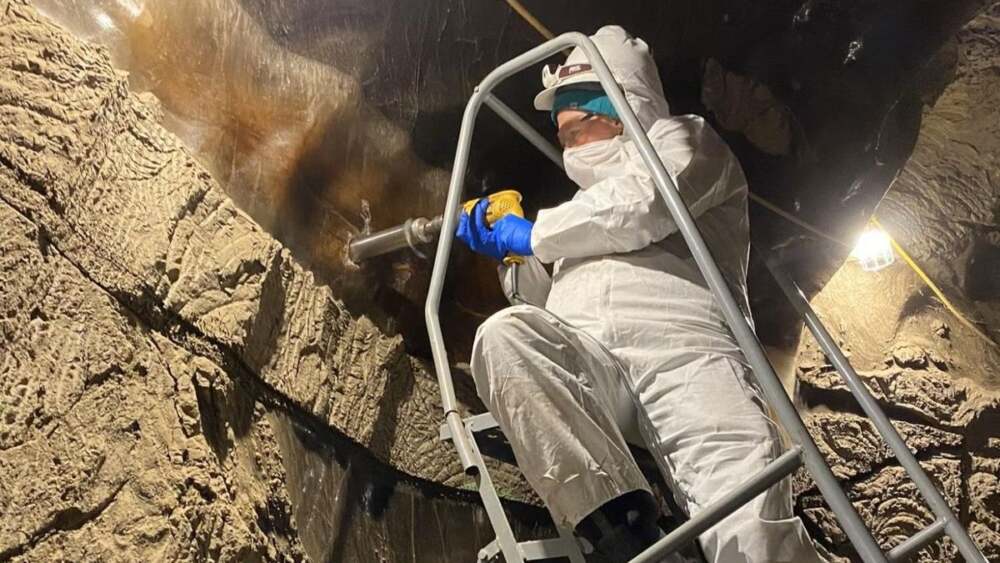
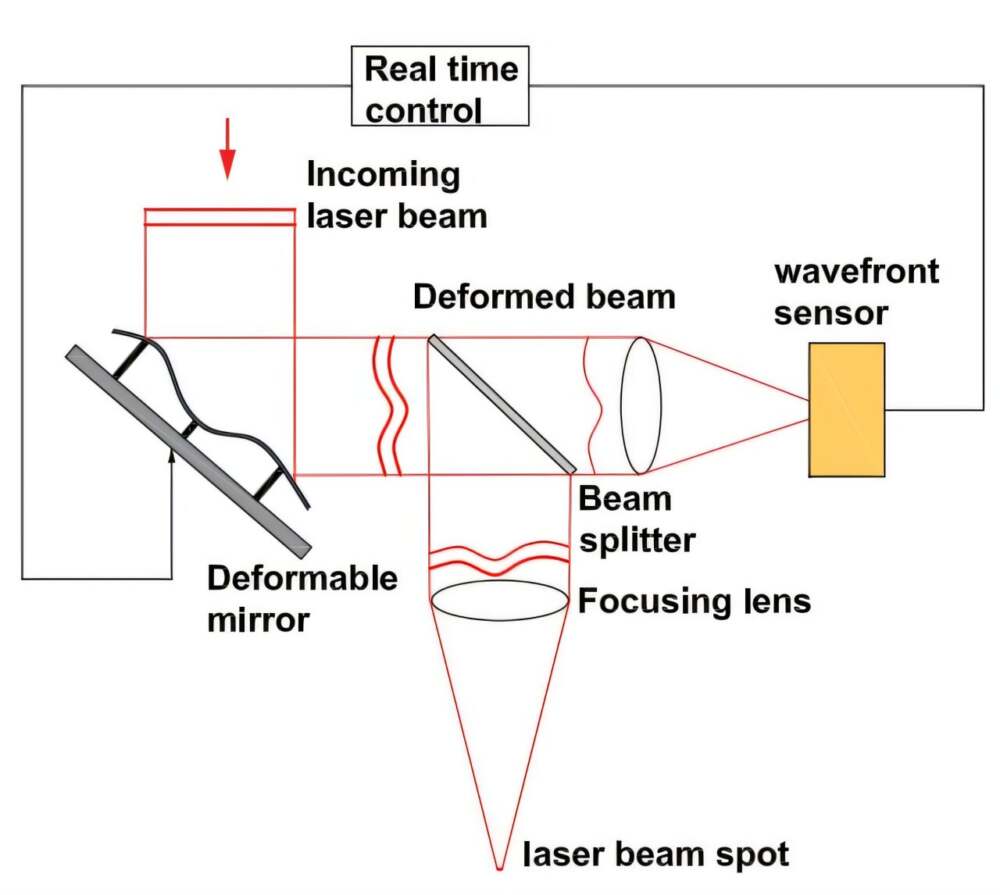
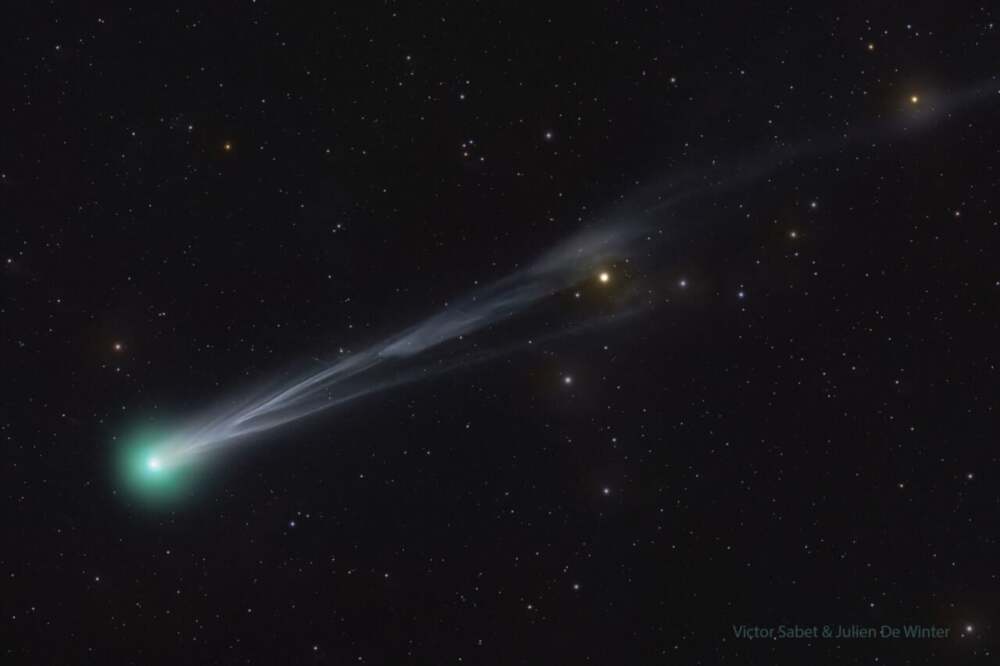
Leave a Reply